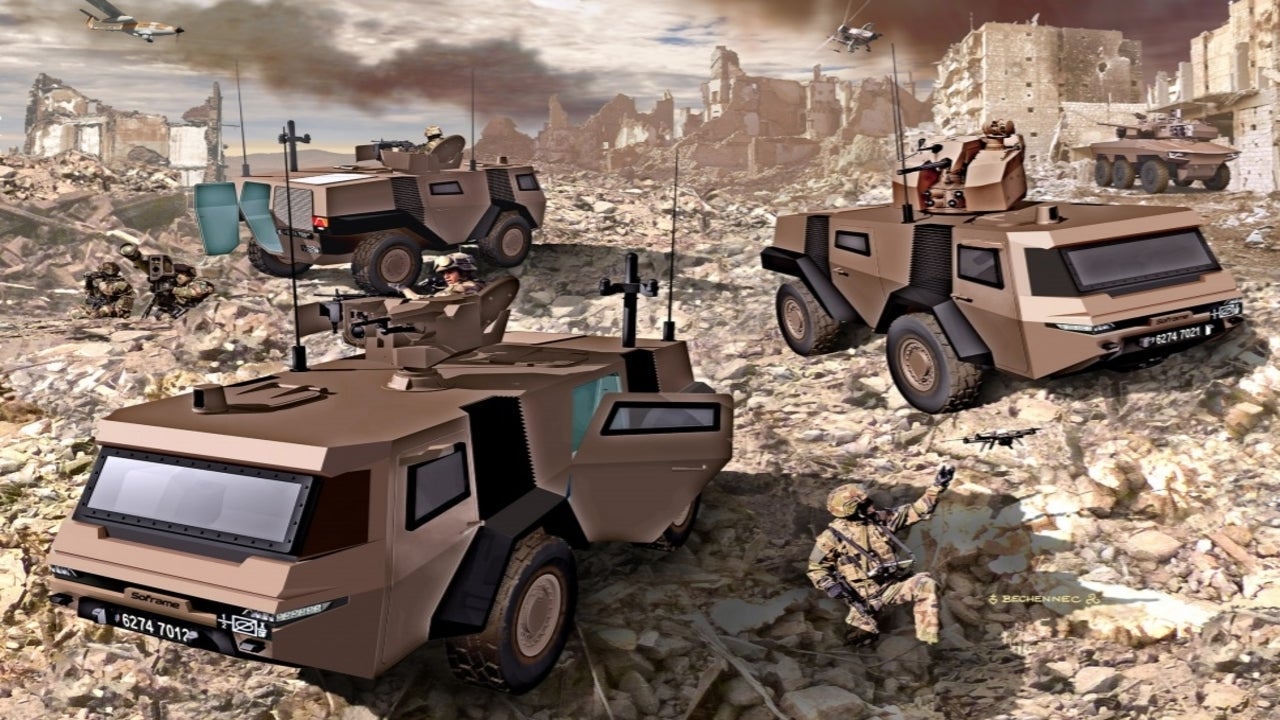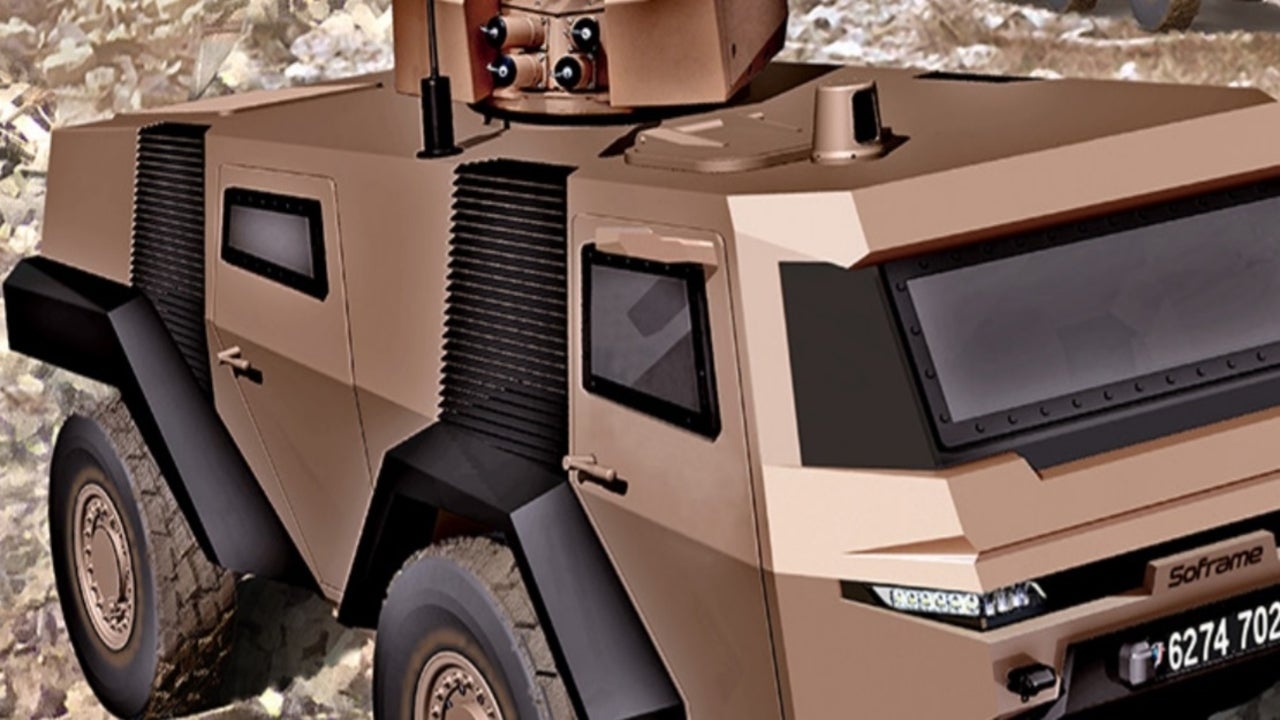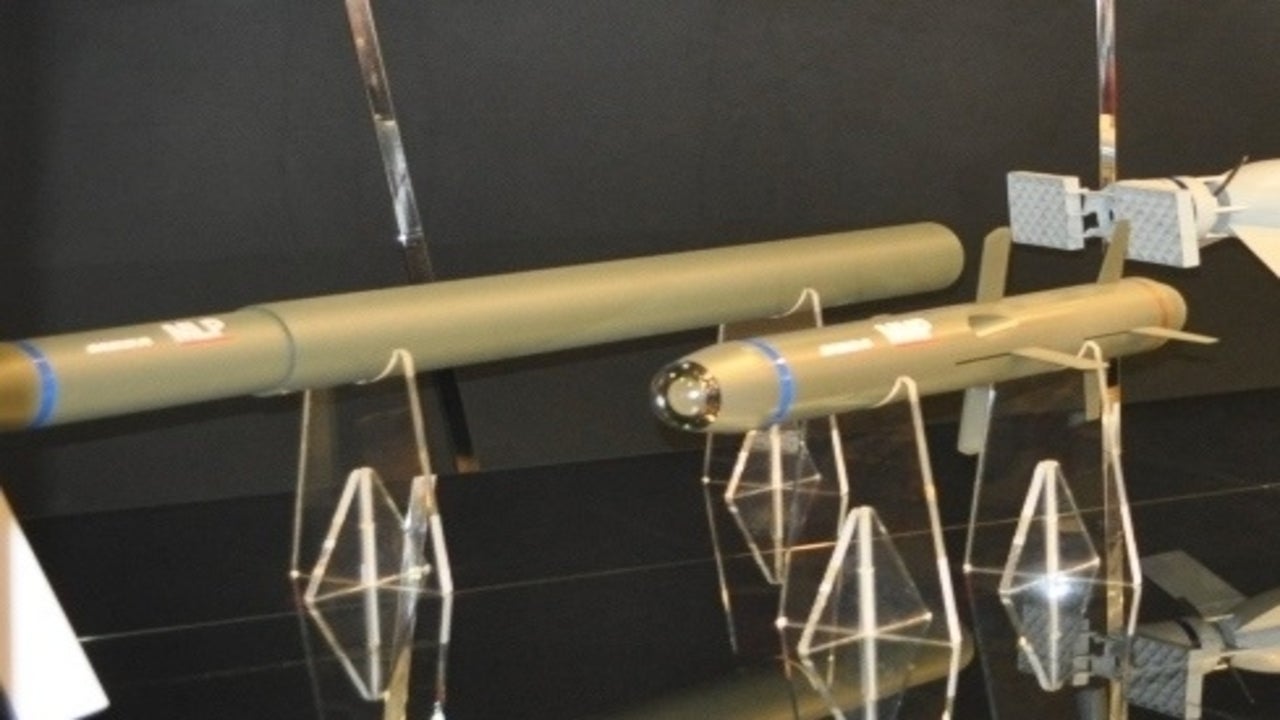The MOSAIC (Mission Observation Surveillance Acquisition Investigation Combat) vehicle is being offered by French company Soframe to meet the requirements of the French Army’s VBAE (Armoured Engagement Support Vehicle) programme.
Soframe, a subsidiary of the LOHR Group, develops combat vehicles and logistics systems for the defence industry. The company unveiled the MOSAIC light reconnaissance and support vehicle in February 2021.
The MOSAIC vehicle is being offered in three main configurations including reconnaissance and intelligence gathering vehicle, direct fire vehicle, and transport vehicle for the French Army’s infantrymen carrying Medium Range Missile (Missile Moyenne Portée (MMP)) anti-tank guided missile. It comes with stealth capabilities, high mobility and high level of protection.
The VBAE programme is intended to replace the light armoured vehicles (LAV) currently operational with the French Army. France intends to field VBAE as part of the SCORPION Phase 3 Networked Enabled Capability (NEC).
Design and features of MOSAIC vehicle
The MOSAIC vehicle features open mechanical and system architectures to enable the integration of specific mission equipment of Soframe’s partners and customers. The vehicle weighs approximately 7t, while its payload capacity is 1.5t.
The military vehicle has a 4×4 chassis configuration and can carry two to four crew members based on the mission requirement. The forward section of the vehicle is protected by a windshield covered with a wide single-panel armoured glass.
The cabin houses two crew members and is accessible through two side doors, which have transparent armoured glass windows to provide side views.
Troops are accommodated in the rear compartment, which also features two side doors with armoured glass windows and a side-opening door at the rear hull allowing for quick ingress/egress.
Armament
The wheeled light reconnaissance and support vehicle can be armed with different combinations of weapons based on the version. It can carry a remotely operated weapon station mounted with weapons from 7.62mm to 30mm calibre, and smoke grenade launchers.
The vehicle can be optionally fitted with crew-served weapon station with machine guns and smoke grenade launchers to offer self-protection for the occupants.
It can also carry investigation robots, mini unmanned aerial vehicles (UAVs), and other innovative systems to meet the mission requirements of combat units.
Additionally, the MOSAIC vehicle can integrate all the equipment labelled “Scorpion” common to all the vehicles in the French Army’s eponymous range.
MOSAIC’s protection capabilities
MOSAIC features a monocoque all-welded structure with a body shell made using very-high hardness (VHH) steel to provide ballistic protection. It is also provided with an additional layer of passive armour to further improve protection from ballistic fragments and high-energy bullets. The add-on armour solution is made of composite materials based on Tenexium technology.
The vehicle also integrates underbody protection to improve vehicle’s survivability during an underbelly attack from mines and improvised explosive devices (IEDs).
Propulsion
MOSAIC is designed to integrate a full electric/hybrid propulsion system which provides the vehicle the ability to execute stealth reconnaissance missions with very little noise, while offering high mobility.
The vehicle uses a militarised version of the electric system technologies developed by the LOHR Group to meet power requirements of onboard weapon system and add its torque to the internal combustion engine. The electric system also produces low CO2 emissions, accelerates performance, and ensures easy-to-control operation for operational robotics applications in autonomous, remote-operation and optionally piloted modes.
The vehicle can be remotely operated without crew in the electric propulsion mode.






